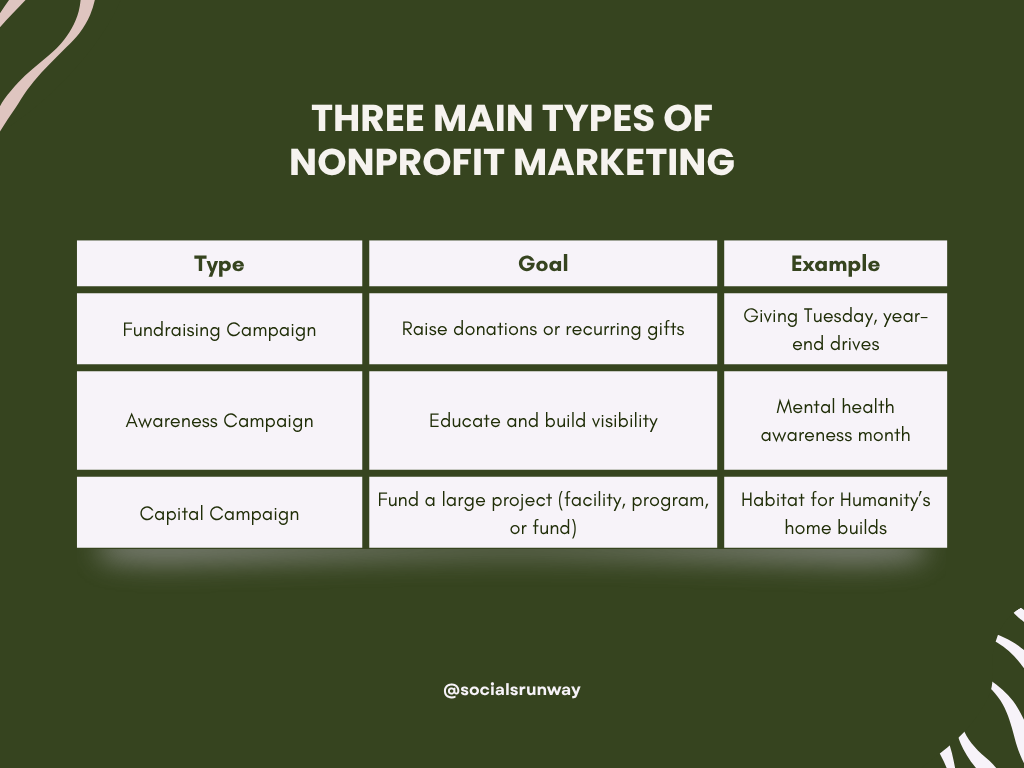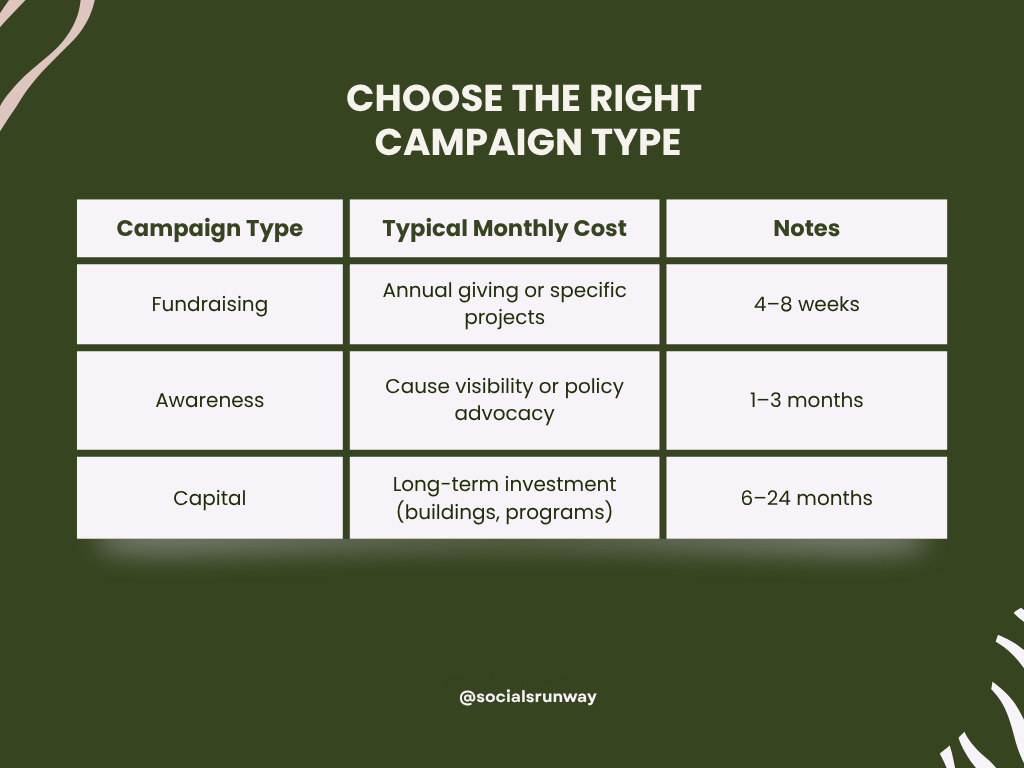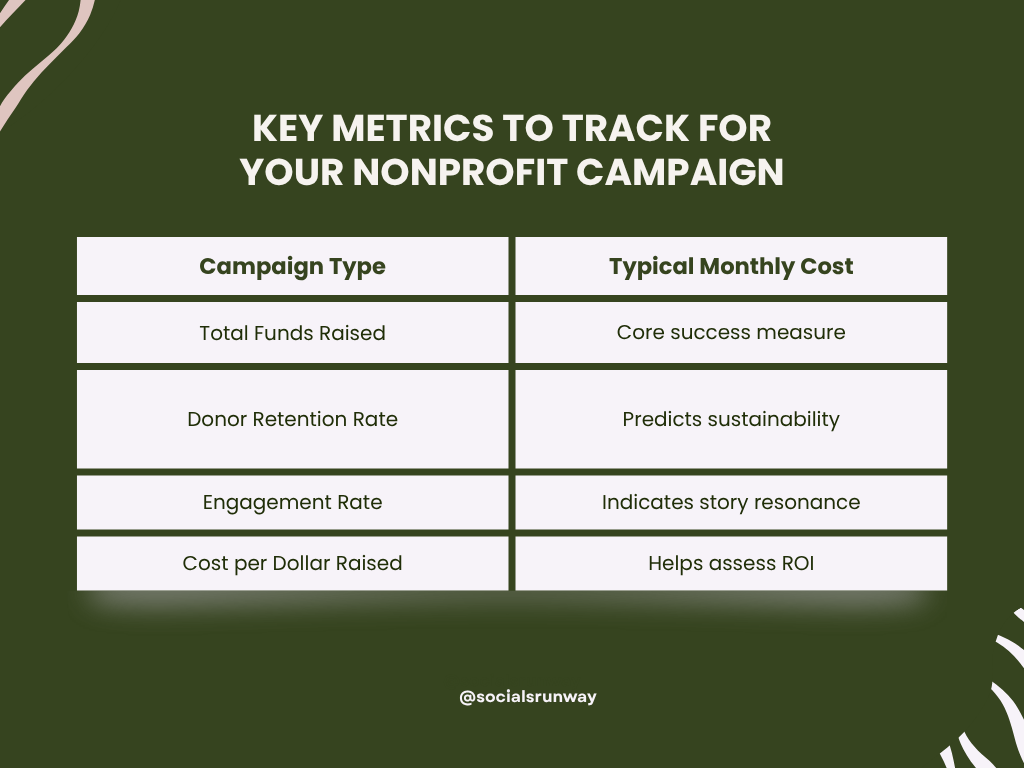Nonprofit Campaigns 101: How to Plan, Market, and Fundraise for 2026
In 2026, the most successful nonprofits won’t just ask for support—they’ll build movements. Whether it’s raising funds, growing awareness, or inspiring community action, every effective nonprofit campaign starts with strategy.
This guide breaks down what makes a nonprofit campaign succeed—from awareness drives to capital fundraising—and how your organisation can create campaigns that resonate, convert, and last.
1. What Is a Nonprofit Campaign?
A nonprofit campaign is a focused, time-bound initiative designed to achieve a specific goal—whether that’s raising funds, increasing awareness, or advocating for change.
There are three main types:
Each campaign type demands its own strategy—but the foundation is the same: clarity, storytelling, and consistent communication.
2. Why Campaigns Still Matter in 2026
Digital noise has never been louder, yet campaigns remain the best way for nonprofits to:
Capture donor attention with a clear focus
Build emotional connection through stories
Create a sense of urgency and action
Track measurable progress
According to the 2025 M+R Benchmarks Study, nonprofits that run two or more major digital campaigns per year see 44% higher annual online revenue compared to those who don’t.
3. How to Plan Your 2026 Nonprofit Campaign
Step 1: Define Your Core Goal
Ask yourself:
What is the one outcome we need?
Is it dollars raised, people reached, or actions taken?
Keep it measurable. For example:
“Raise $50,000 to fund 100 student scholarships.”
Step 2: Choose the Right Campaign Type
Step 3: Identify Your Target Audience
Not all donors are equal. Segment your base into:
Warm supporters: people already donating or volunteering
Cold prospects: followers or subscribers who haven’t given yet
Institutional funders: foundations, grants, corporate sponsors
This segmentation will shape your messaging and platform choice.
Step 4: Craft a Strong Story & Message
In 2026, storytelling is still the most powerful marketing tool for nonprofits. Your story should:
Highlight a real person or community impacted
Present a clear problem + solution
Connect giving to tangible outcomes
Example: “$25 provides a child with a week’s worth of school meals.”
That one sentence builds emotional resonance and establishes trust.
Step 5: Choose the Right Marketing Channels
The key is integration—not volume. For 2026, the most effective channels for nonprofit marketing campaigns are:
Email Marketing: still drives 25–30% of online revenue.
Social Media: Reels, TikToks, and carousel posts showing behind-the-scenes impact.
Website & SEO: every campaign should have a dedicated landing page with a clear CTA.
Google Ads Grant: up to $10,000 USD/month in free ad spend.
Partnerships: collaborate with local influencers or creators aligned with your mission.
Pro Tip: Plan your content 4–6 weeks before launch using a content calendar to maintain consistency.
4. Case Studies: What Successful Campaigns Look Like
1. #TeamWater (2025) – WaterAid & MrBeast
A creator-led campaign that raised over $40 million in pledges by simplifying its message:
“$1 = 1 year of clean water.”
2. Red Nose Day (Comic Relief)
Raised £34 million in one night through emotional storytelling and brand familiarity.
3. St. Jude PLAY LIVE
Empowered gamers and streamers to fundraise live, proving community-led fundraising is the future.
5. Understanding Capital Campaigns
A capital campaign is designed to raise a large sum for a one-time, transformational purpose—like building a new facility or launching a new program.
Phases of a Capital Campaign:
Quiet Phase – secure 60–70% of goal from major donors.
Public Launch – announce and involve the community.
Follow-Up & Stewardship – share progress, thank donors, and report outcomes.
According to Bloomerang, the average capital campaign lasts 18–24 months and raises 3–5 times the nonprofit’s annual budget.
6. Common Mistakes Nonprofits Make
Launching without a clear campaign goal
Focusing on tactics instead of story and emotion
Neglecting post-campaign follow-up
Forgetting to report impact back to donors
7. Key Metrics to Track
Whether it’s an awareness drive, fundraising event, or capital campaign, success in 2026 will depend on how well your nonprofit connects emotion with execution.
If you’re planning your next big campaign and want to:
Craft a clear marketing plan, or
Improve your storytelling strategy
Socials Runway helps nonprofits simplify digital marketing, launch memorable campaigns, and turn support into lasting impact.


